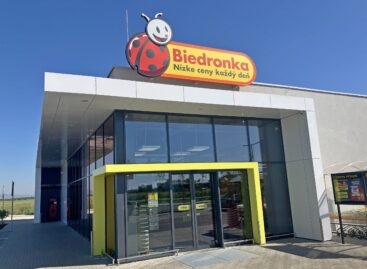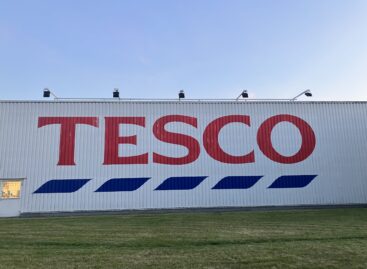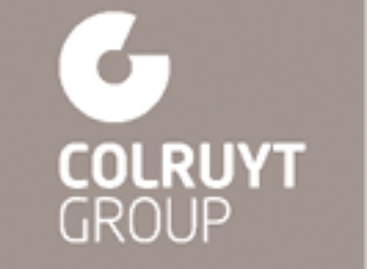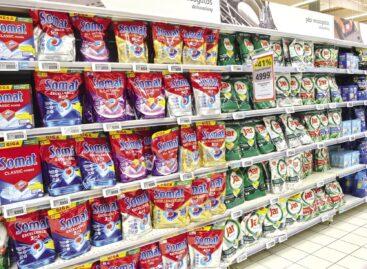Woolworth Expands with a Department Store Discount Formula
Woolworth in Germany is expanding fast with a discount concept inspired by department store traditions. Fashion and home categories anchor its broad assortment strategy. Despite inflation, the retailer maintains its low-price positioning across Germany and beyond.

German non food discounter Woolworth is positioning itself as the department store of the discount world, combining depth in key categories with a broad yet price-conscious assortment.
In Germany, Woolworth has crossed the one-billion-euro revenue mark and now operates more than 800 stores. By 2030, the company aims to nearly double this footprint to 1,500 locations. Its ambition stretches beyond its home market: Woolworth launched in Poland in 2023, targeting a network of up to 1,000 stores. Further market entries in Czechia and Slovakia are on the agenda, and management sees long-term potential for up to 5,000 locations across Europe.
The retailer’s in-store concept reflects this ambition. Woolworth aims to replicate a traditional department store feel, but with a distinctly discount-oriented approach. Around 10,000 SKUs make up the core range, supplemented by 8,000 seasonal articles. Fashion, particularly women’s outerwear and travel items, plays a major role—occupying 28 percent of the sales floor and contributing an estimated 40 percent of total turnover in Germany. The space allocation mirrors category performance and signals clear strategic priorities.
Seasonal and decorative categories account for another 30 percent of shelf space. Home textiles and utility-driven homeware, such as bathroom and kitchen items, storage solutions, and cleaning products, take up a further 25 percent. The remaining space is distributed among impulse categories such as toys, office supplies, DIY, and pet care, each occupying only a few percentage points. This mix, while broader than that of Dutch competitor Action, lacks the strong front-zone activation typical of food-influenced discount models.
Woolworth’s competitive pricing strategy has grown more visible in recent years. In 2024, the company launched a direct price campaign against mid-sized rival Depot, highlighting the cost advantage of its home accessories categories. But inflation hasn’t passed by the non food discounter without traces. The messaging now positions its pricing ‘from 1 euro,’, replacing the more absolute claims of ‘at 1 euro’ from previous years and reflecting broader cost pressures.

Woolworth emphasizes its value-for-money positioning through clearly communicated round-price offers at the store entrance
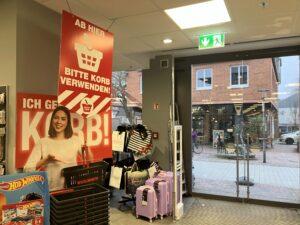
A polite in-store message encourages shoppers to use baskets, promoting larger basket sizes from the outset
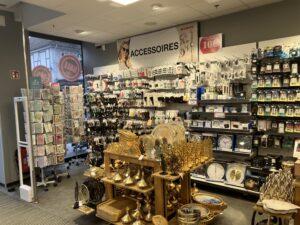
The front-of-store zone is allocated to impulse items, supporting spontaneous purchase behavior
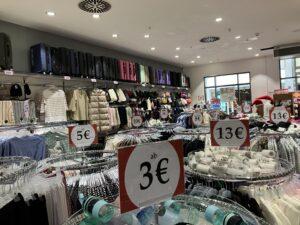
Women’s fashion represents the core category and occupies the largest share of sales floor space
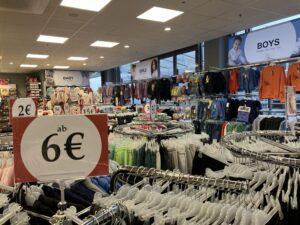
The apparel offering transitions into children’s and baby clothing towards the rear of the store, broadening family appeal
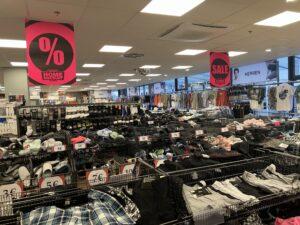
A dedicated clearance section supports inventory turnover and adds a bargain-driven element to the store experience

Store layout and merchandising principles follow the logic of traditional department stores
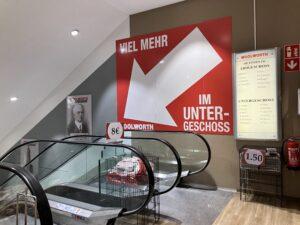
In inner-city locations with limited space, Woolworth compensates with two-level store concepts
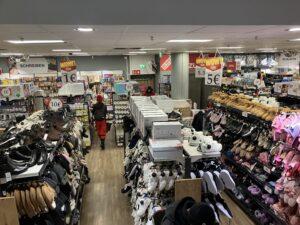
Aisles are relatively narrow and shelving reaches heights of up to 1.80 meters to maximize merchandise density
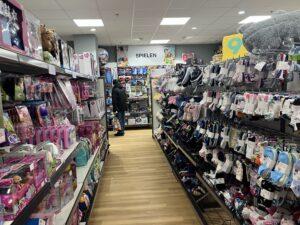
Category signage placed at the back of the departments facilitates shopper orientation in compact layouts
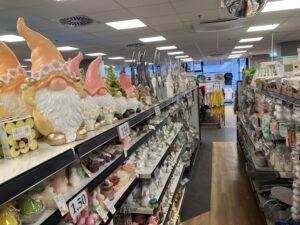
Seasonal items occupy a significant share of shelf space, acting as key traffic drivers throughout the year
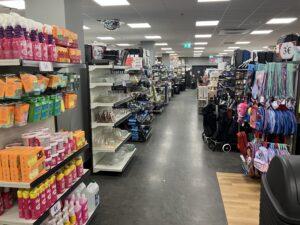
End cap placements are used to emphasize attractive price points and activate price perception
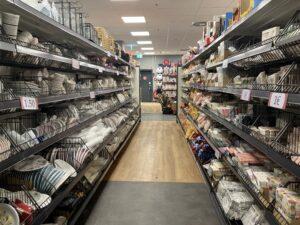
While fashion follows a more curated department store approach, non-fashion categories prioritize efficient display and high SKU density
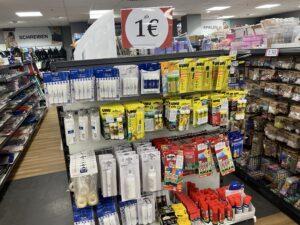
Branded products are selectively included and prominently placed to highlight comparative price advantages

Seasonal ranges include both mainstream seasonal themes such as Easter as well as culturally tailored items like Ramadan decoration
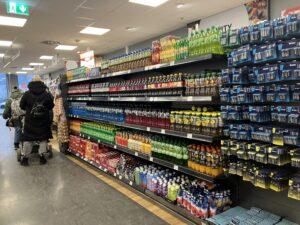
The checkout zone includes shelving for last-minute purchases in both food and non-food categories
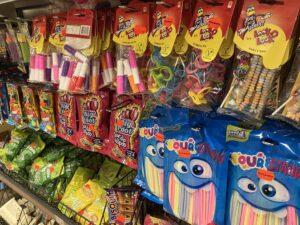
Food items focus on exclusivity and novelty, aligning with Woolworth’s positioning as a one-stop value retailer
Related news
A new format for Slovakia: Biedronka blends food retail with drugstore assortment
🎧 Hallgasd a cikket: Lejátszás Szünet Folytatás Leállítás Nyelv: Auto…
Read more >Tesco Slovakia leans on non food and UK-style value pricing
🎧 Hallgasd a cikket: Lejátszás Szünet Folytatás Leállítás Nyelv: Auto…
Read more >Action Achieves 17% Growth In 9M, Plans Croatian Launch
🎧 Hallgasd a cikket: Lejátszás Szünet Folytatás Leállítás Nyelv: Auto…
Read more >Related news
The secret currencies of loyalty
🎧 Hallgasd a cikket: Lejátszás Szünet Folytatás Leállítás Nyelv: Auto…
Read more >Belgium’s Colruyt Group launches data protection initiative
🎧 Hallgasd a cikket: Lejátszás Szünet Folytatás Leállítás Nyelv: Auto…
Read more >Dishwasher or manual washing-up?
🎧 Hallgasd a cikket: Lejátszás Szünet Folytatás Leállítás Nyelv: Auto…
Read more >
